Good fortune struck this week. The talented photographer Wendie Schneider shared some of her wildflower pictures from a Story County prairie, and one of the star attractions was a plant I’ve been meaning to feature in this series for years.
Round-headed bush clover (Lespedeza capitata) is native to most of North America east of the Rocky Mountains. Sometimes known as rabbit foot or roundhead lespedeza, its flowers are not nearly as “showy” as other late summer prairie attractions, such as blazing star or compass plant or even ironweed. Nevertheless, Wendie told me that round-headed bush clover is one of her favorites: “I am a sucker for anything with a strong silhouette.”
According to the Illinois Wildflowers website, this plant “adds nitrogen to the soil, and is easy to grow” in sunny conditions. It can thrive in different types of soil and attracts many pollinators.
The Illinois Wildflowers and Minnesota Wildflowers websites are good resources for botanically accurate information about round-headed bush clover foliage, flowers, and seeds.
In these first four shots by Wendie, that silhouette she mentioned captures your attention:
These plants typically grow to heights between two and five feet. Last summer, I found the smallest round-headed bush clover plant I’ve ever seen blooming, near the Meredith trail in Des Moines:
The flowers are hard to see from a distance and even harder to photograph in my experience, but Wendie captured this beautiful close look.
Round-headed bush clover plants sometimes flop over and appear to be growing almost sideways. Here’s another one of my pictures from last summer:
Along the same Des Moines trail, I found colonies of round-headed bush clover and partridge pea growing together:
Here’s round-headed bush clover near one of the bonesets, probably tall boneset:
Back to Wendie’s photos from Story County. The Illinois Wildflowers site says of this plant, “The flowers are visited primarily by long- or short-tongued bees, such as bumblebees, large Leaf-Cutting bees, Andrenid bees, and others. Butterflies may suck nectar from the flowers, but they are not effective pollinators.” Wendie says she’s often seen eastern-tailed blue butterflies on bush clovers:
According to Wendie, this butterfly is a southern dogface:
The Minnesota Wildflowers site writes, “Round-headed Bush Clover is easy to spot in winter, the persistent heads really stand out.” These last two photographs by Wendie offer a good view of the striking dark brown seed heads:

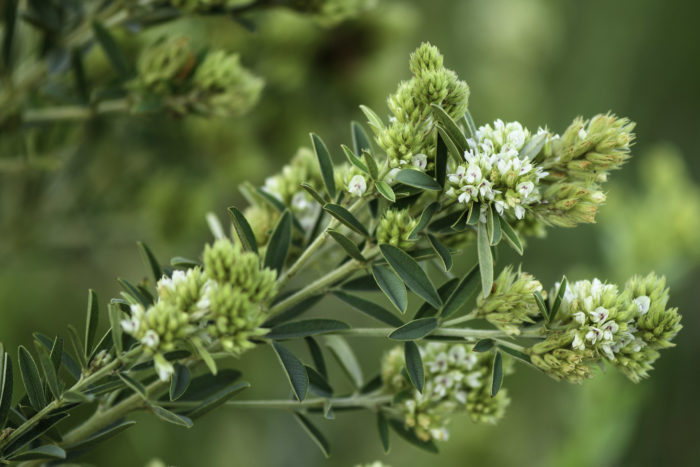
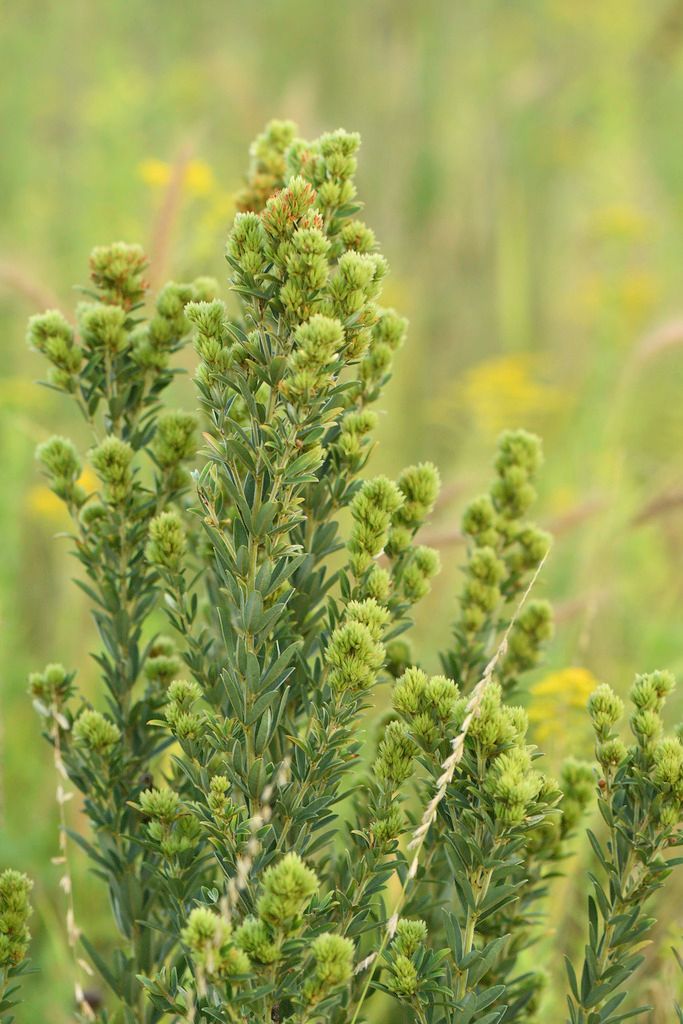
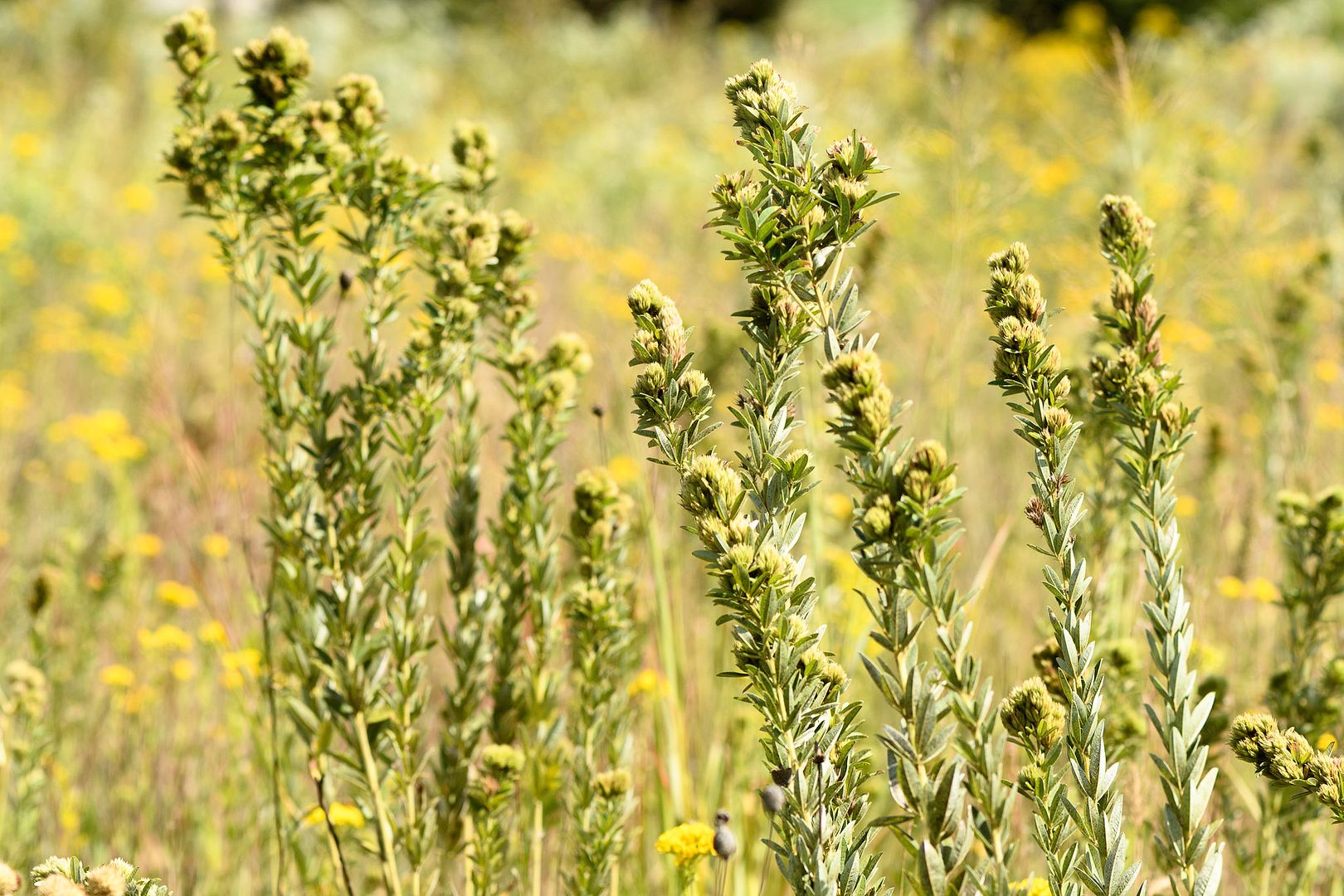
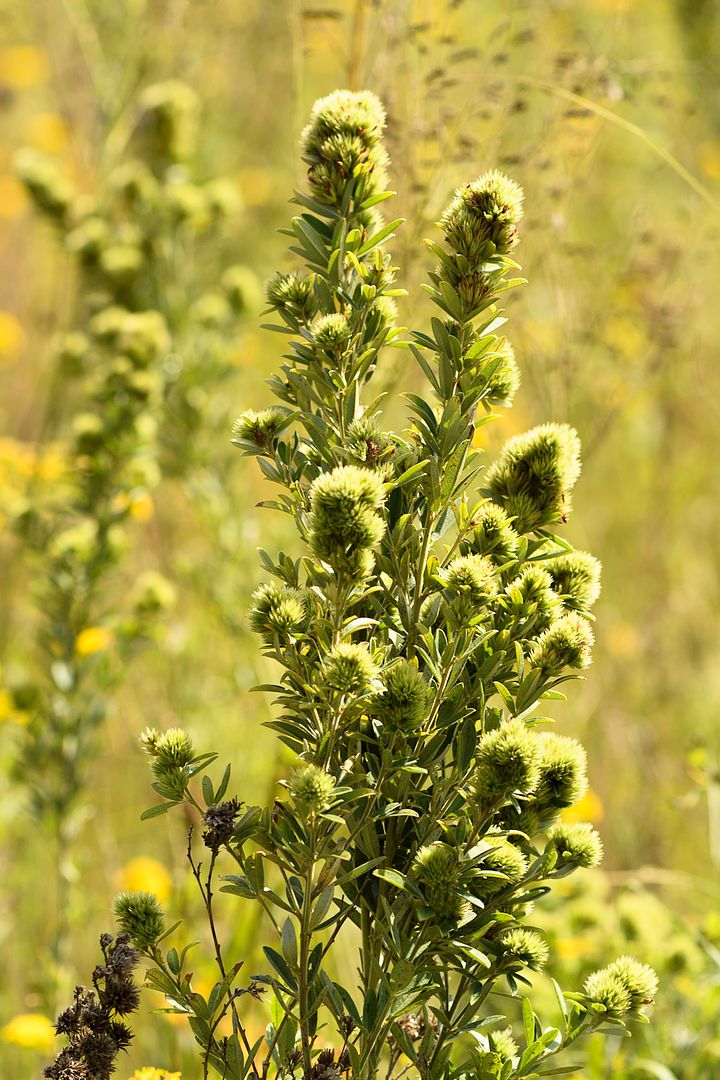
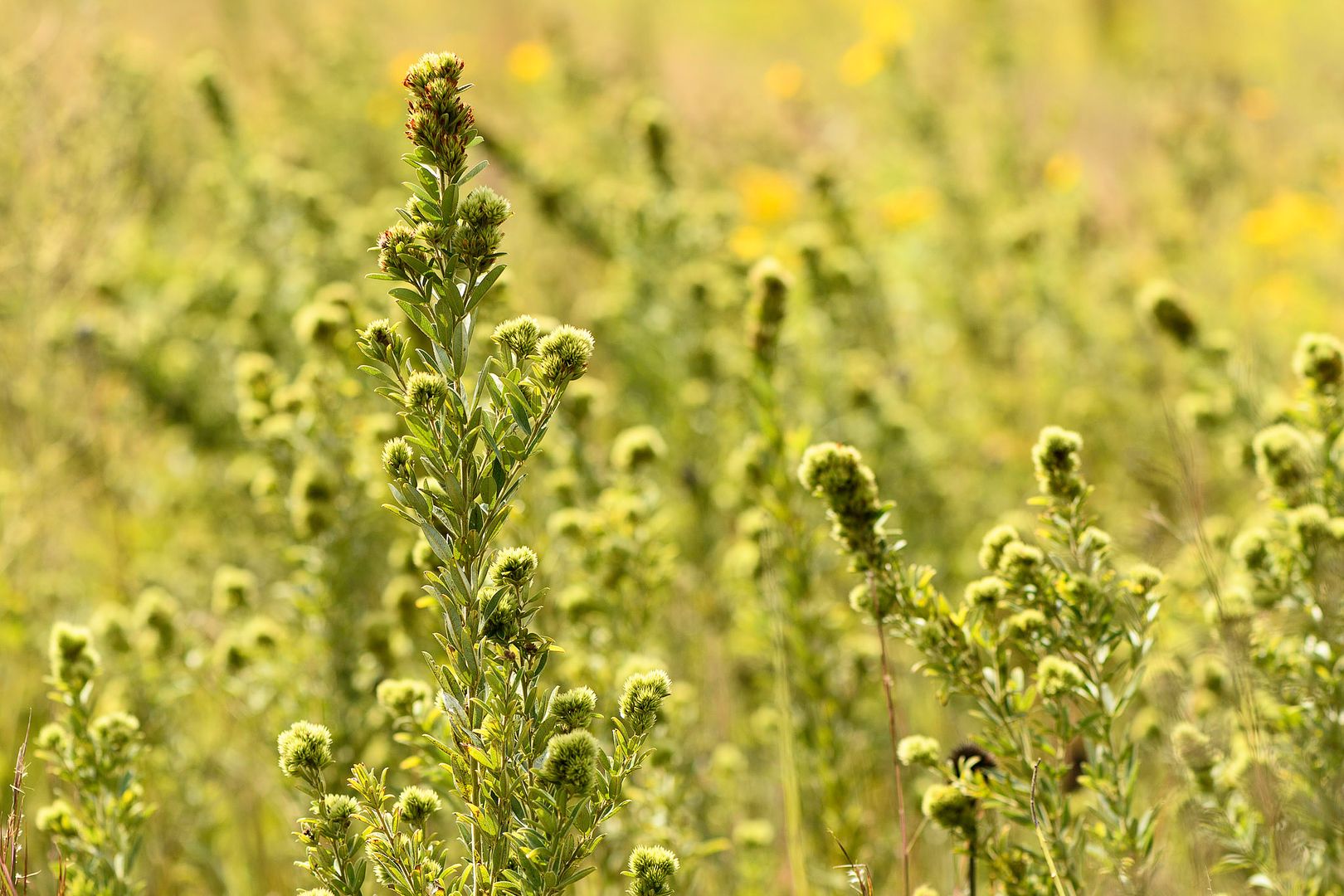
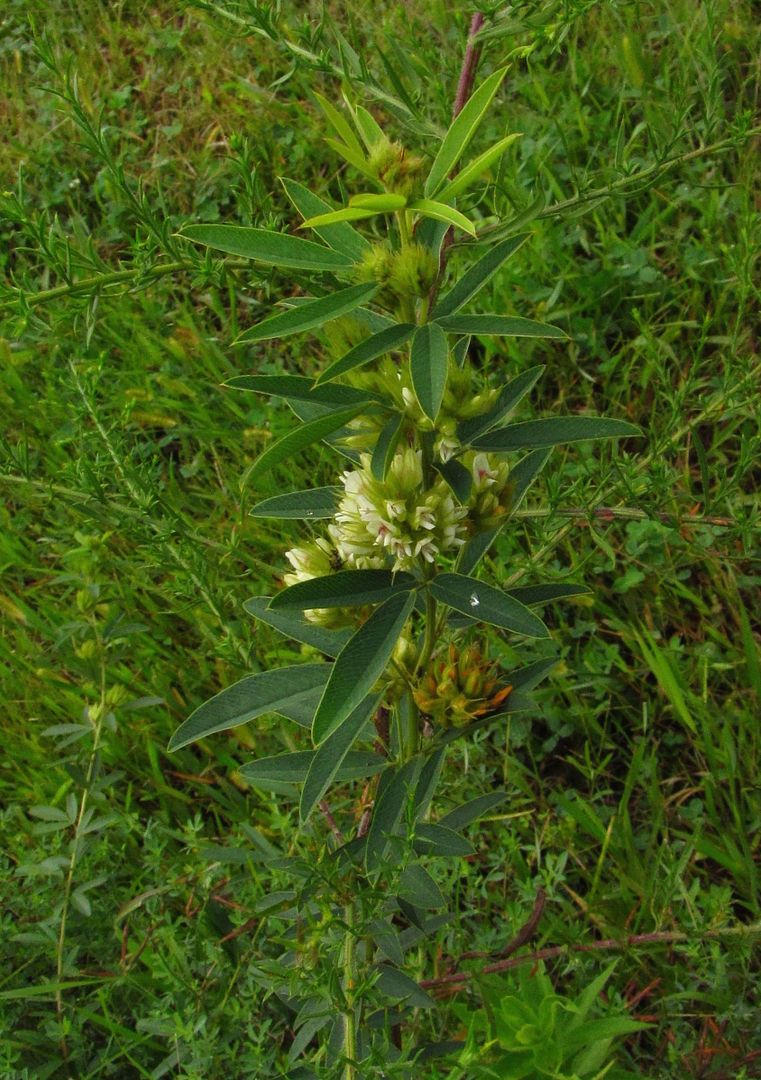
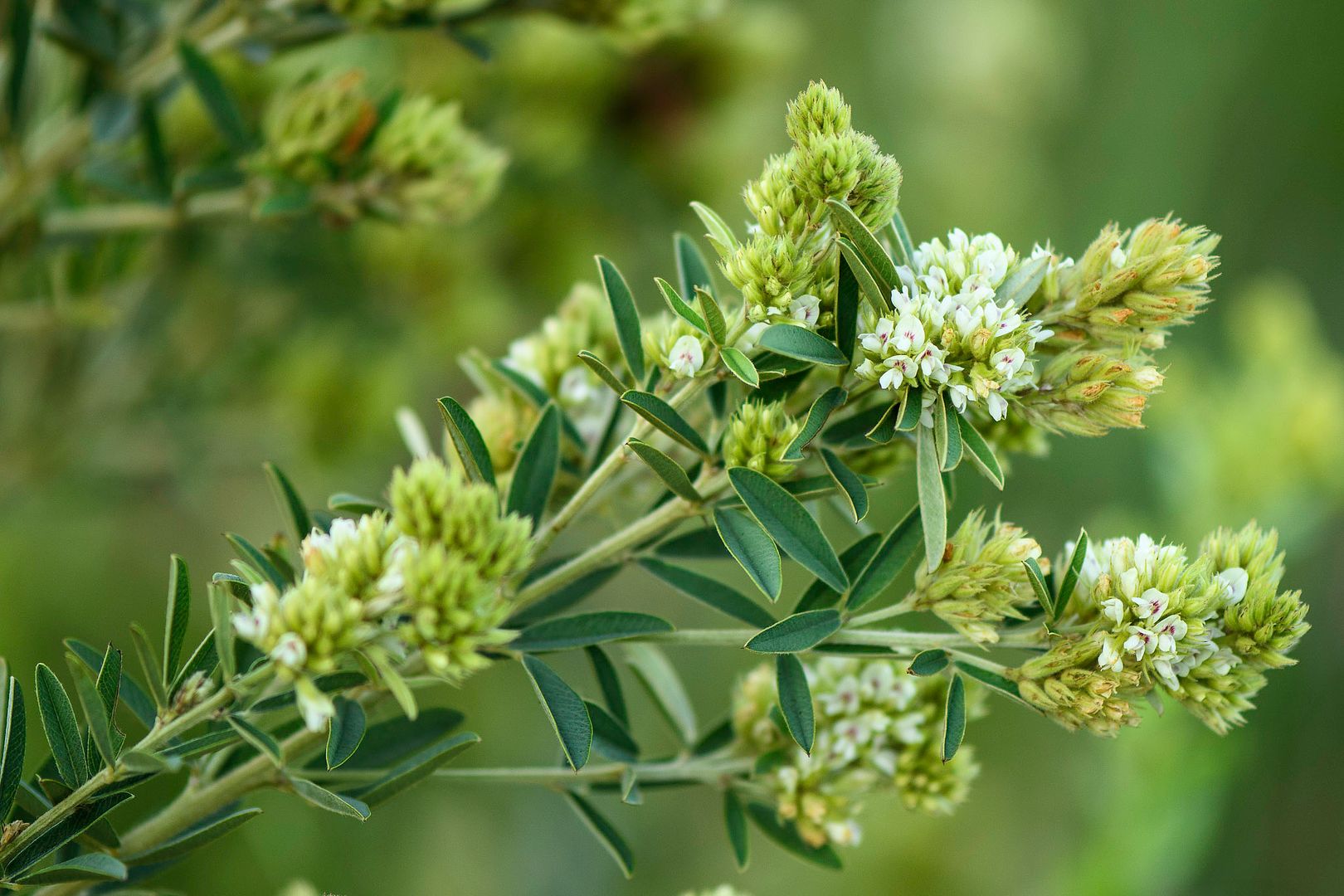
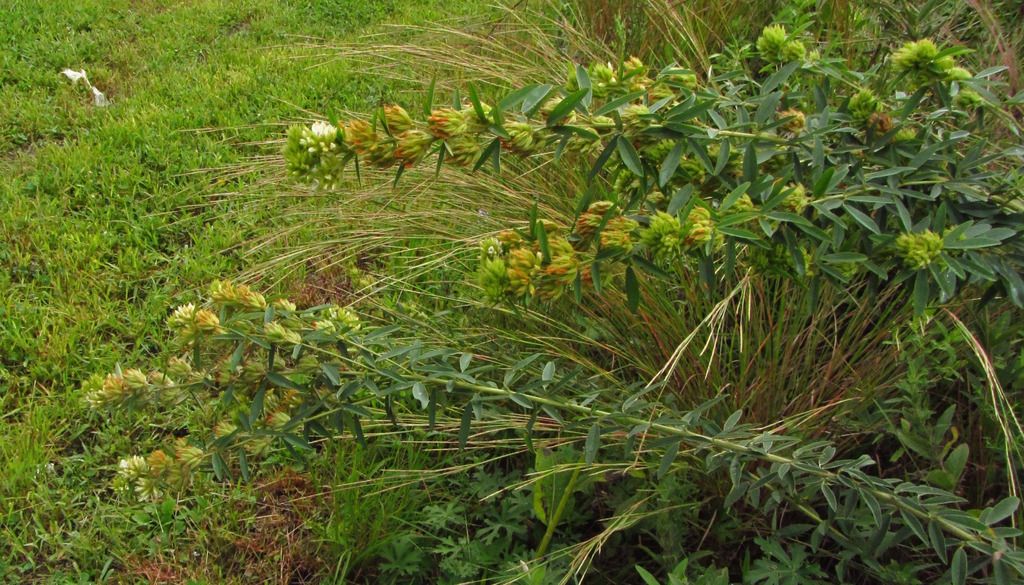
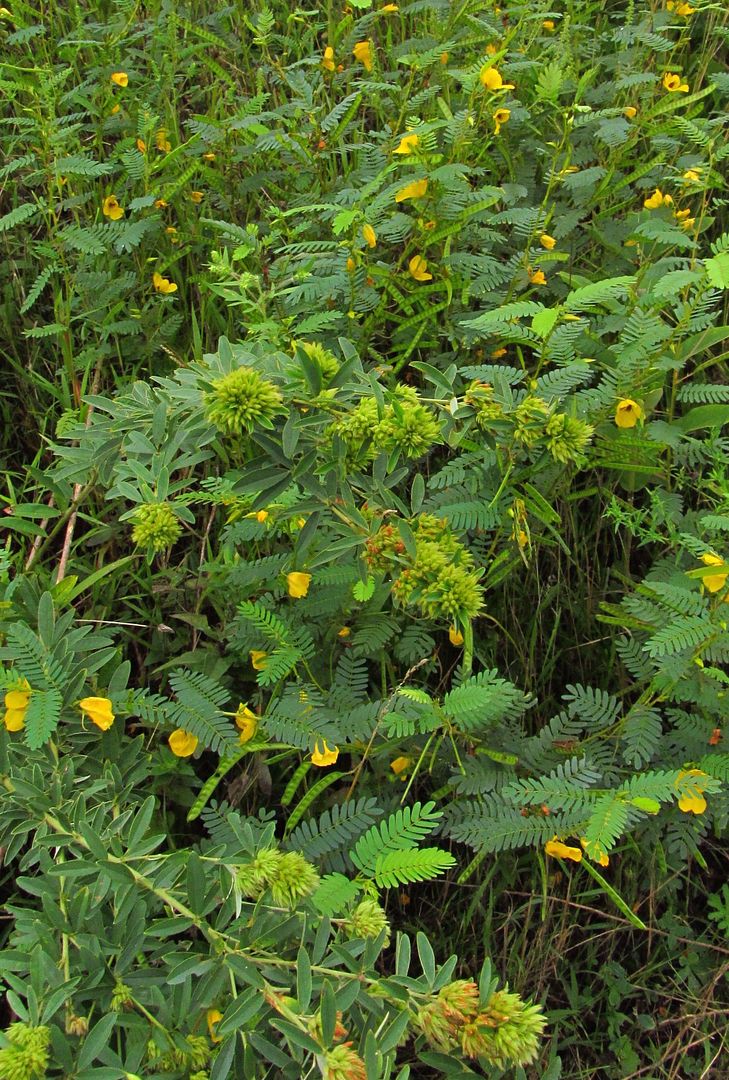
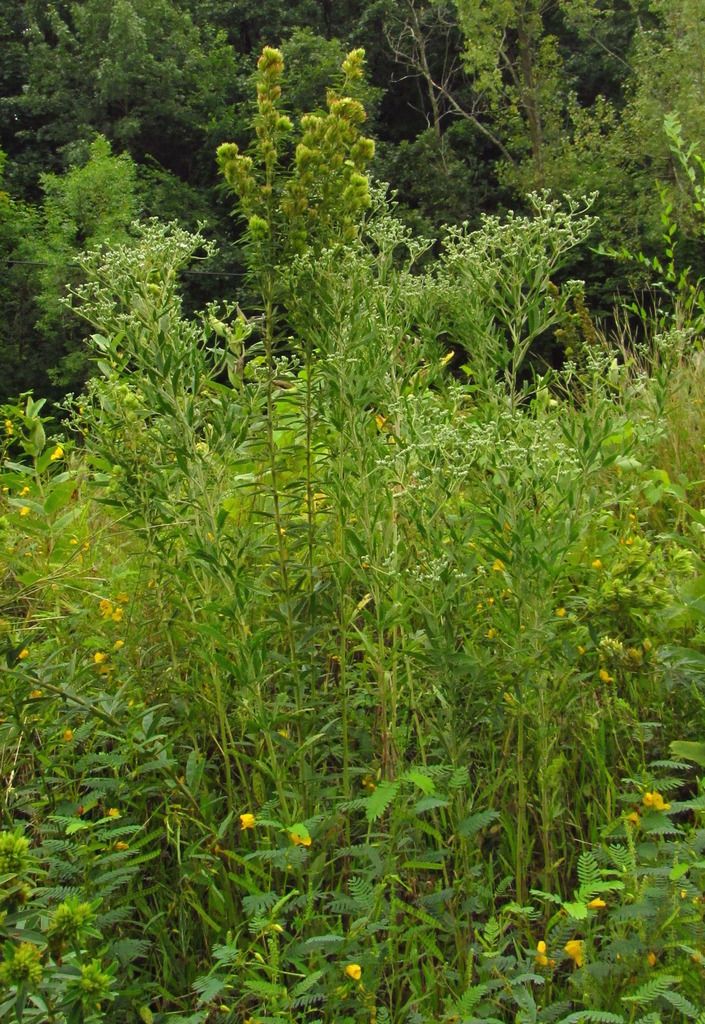
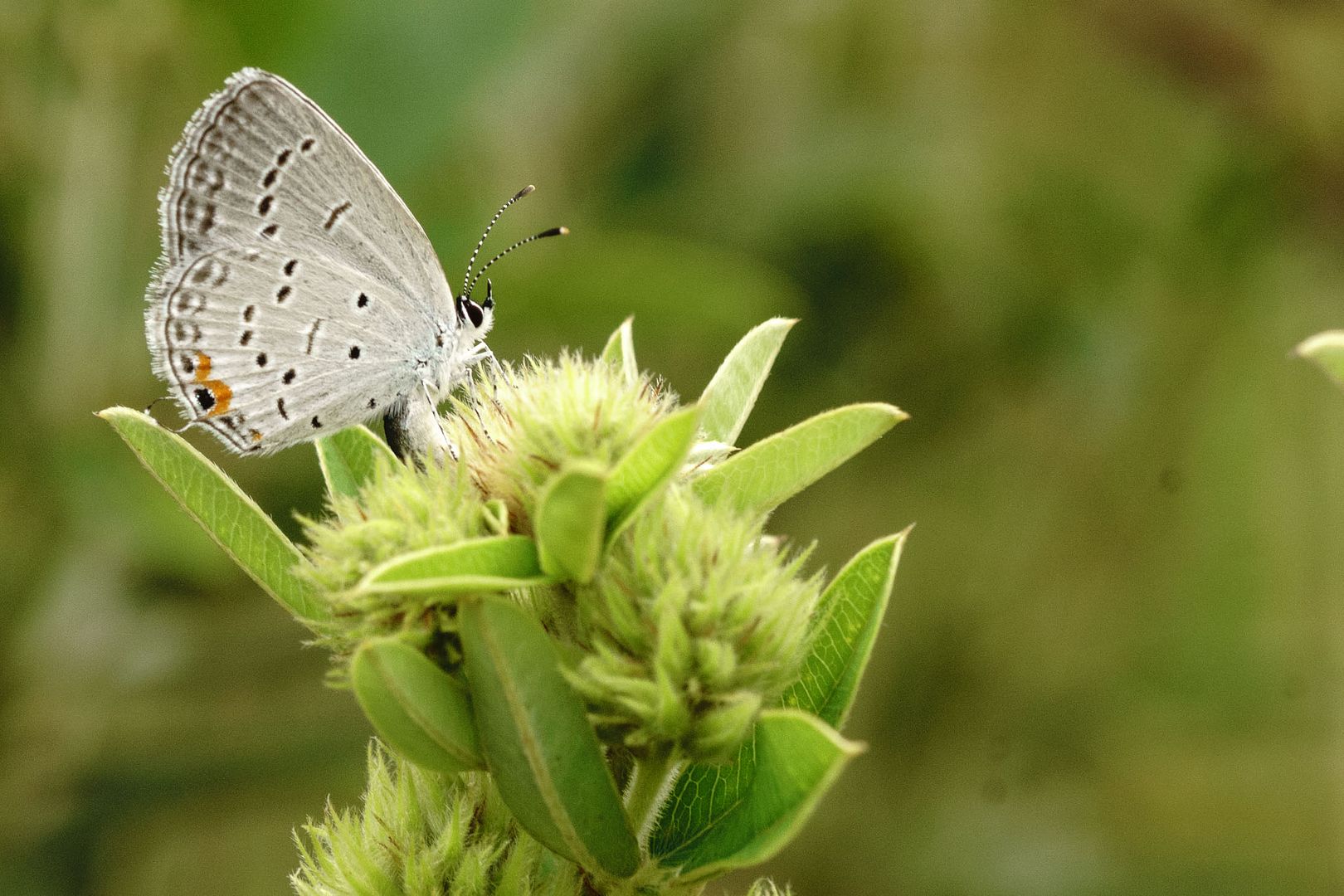

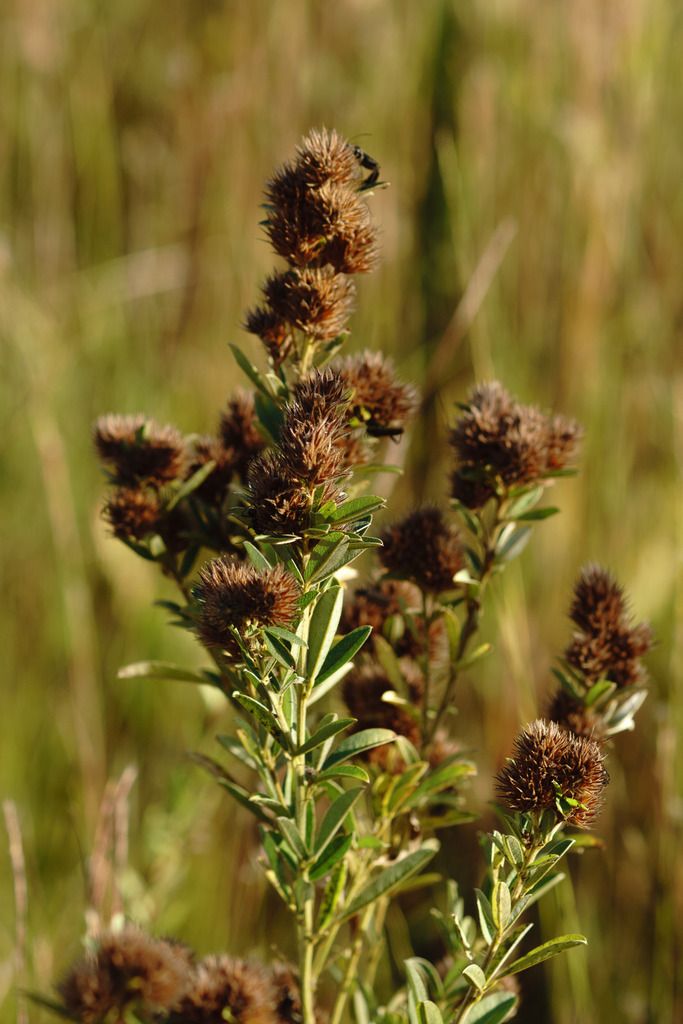
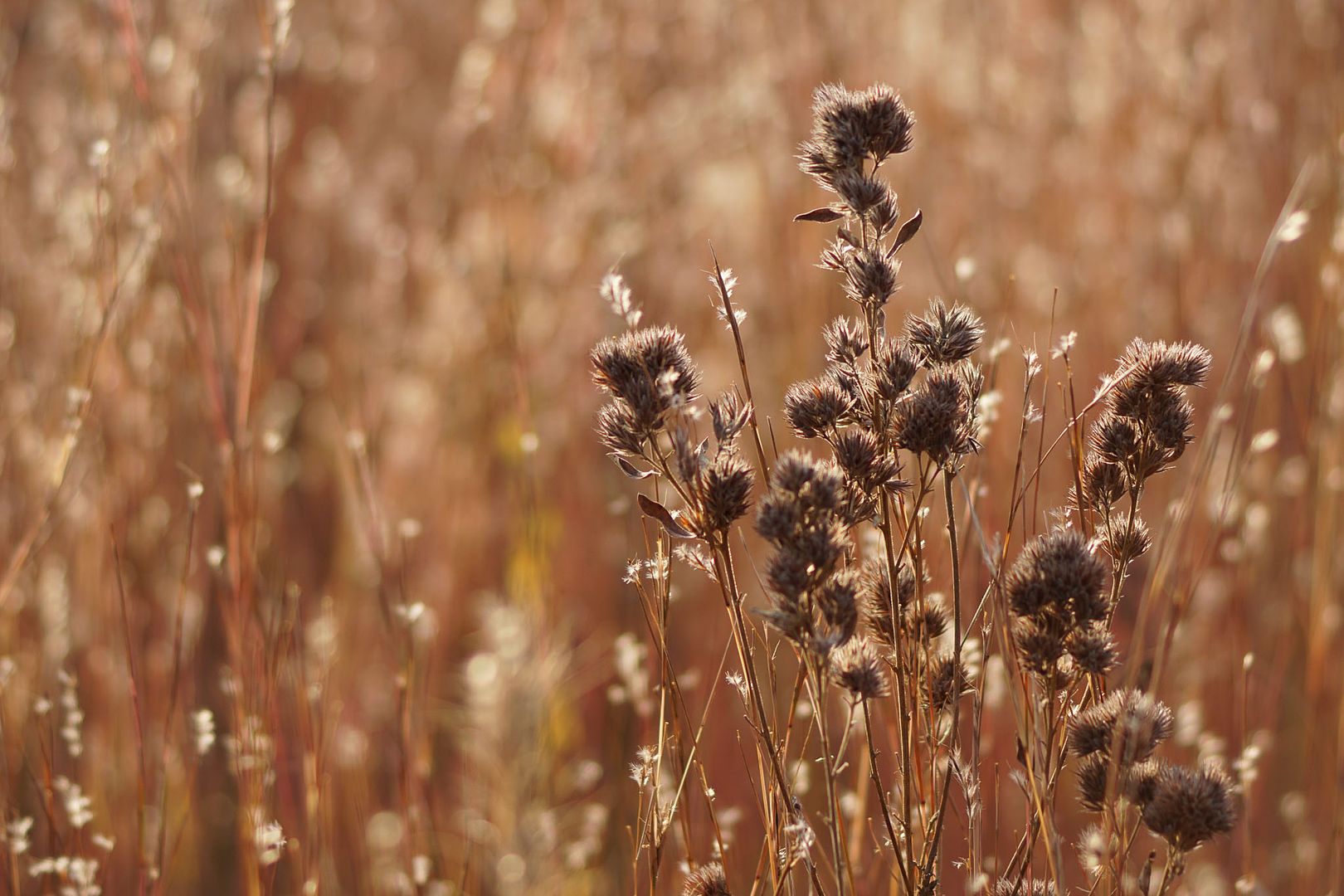
1 Comment
Nice photos!
I’ve seen round-headed bushclover growing on very poor soils, including a once-scraped site that had lost almost all its other prairie species. It’s fun to open the brown fuzzy seed capsules and show prairie newbies the smooth hard real seeds inside.
This plant is also an example of the special challenges that face urban prairie designers, especially those designing prairie plantings that will be seen by lots of people, such as corporate landscaping. Many tallgrass prairie plants have evolved to grow in dense tall communities where the plants structurally support each other. Some unsupported tallgrass plants just flop, literally.
Designers who want people to like urban prairie plantings often try to use the species that are good at staying upright on their own. Doing good urban prairie plantings that the general public will enjoy and accept takes special skill. I don’t have that skill, but I admire it.
PrairieFan Fri 8 Sep 5:23 PM